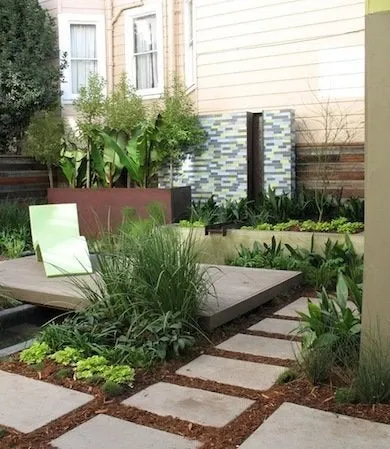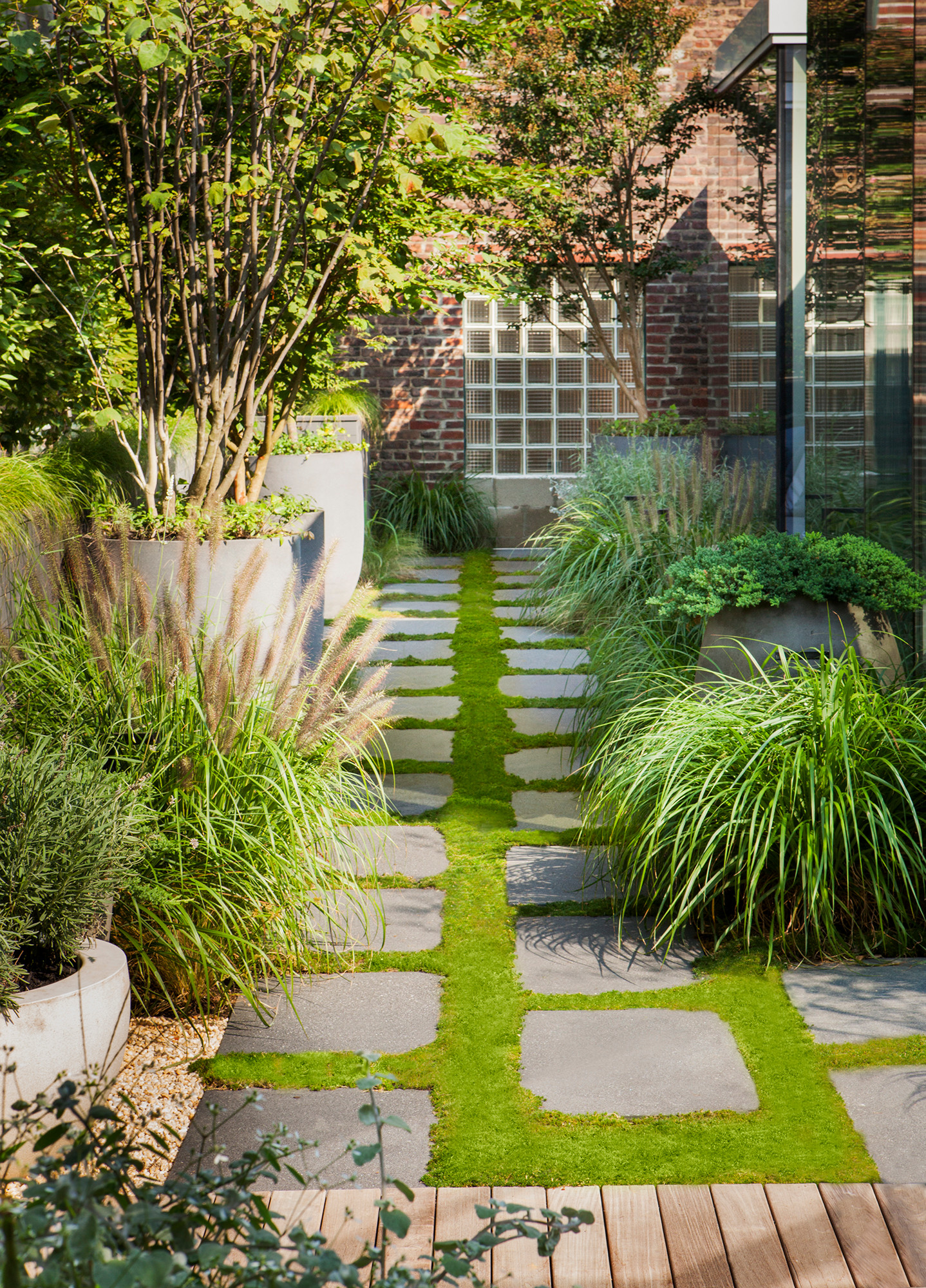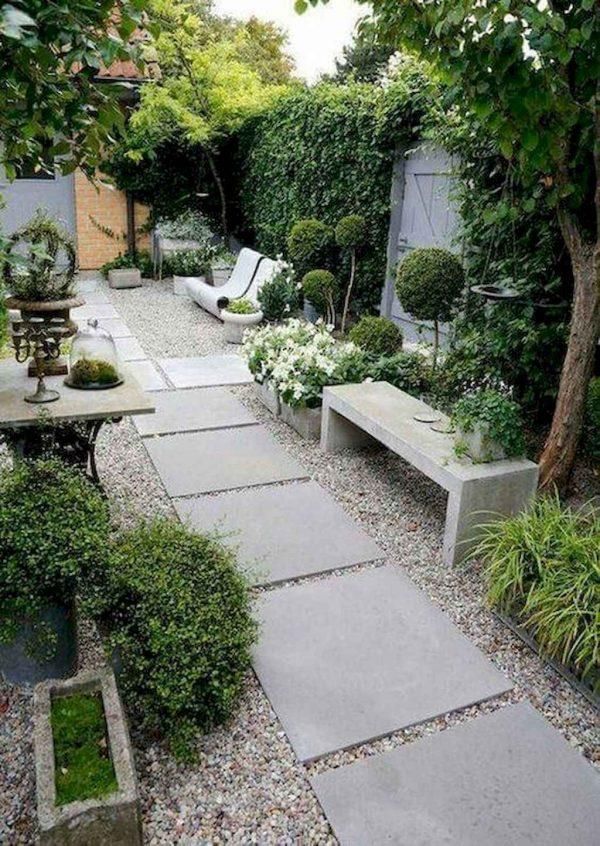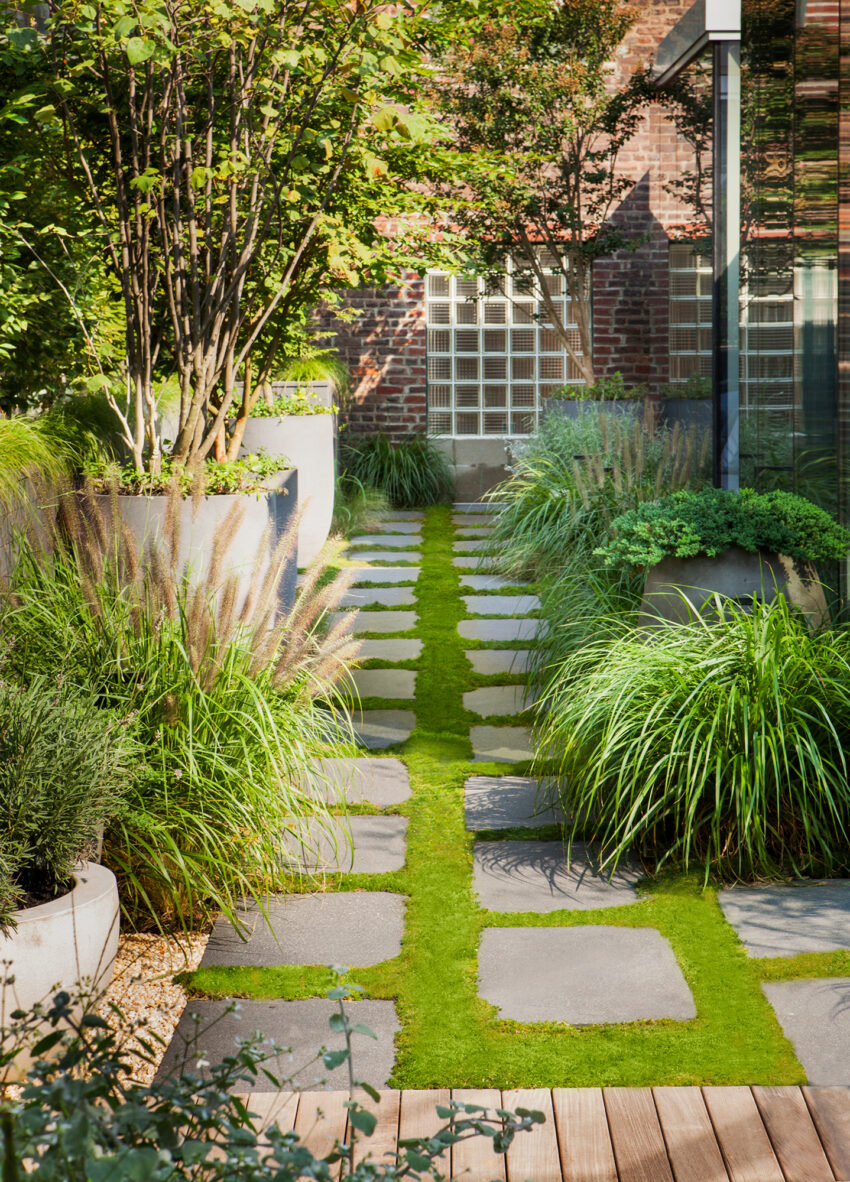Oh wow, that sounds like quite an ordeal with the mowing situation! I totally get why you’d want to avoid that in the future. Fortunately, there are lots of beautiful and practical ways to transform your front yard into something that requires little to no mowing. A rock garden could be the perfect solution, especially with the climate changes and zoning adjustments you’re dealing with in Edmonton. Let’s dive into some ideas for transforming your space.

Rock Garden Ideas
A rock garden can be a stunning and low-maintenance alternative to grass. Here are some design ideas that could work well for your front yard:
1. Desert or Xeriscape Garden
Given the change in zoning (and the shift in climate patterns), a xeriscape garden (designed for water conservation) could be a great fit. This type of garden focuses on drought-tolerant plants and minimal water use—ideal for the shifting climate in Edmonton.
- Plants to Consider: Succulents (like sedums, agave, and yucca), lavender, ornamental grasses (like blue fescue), and hardy perennials (like coneflowers or black-eyed Susans).
- Rock Elements: Large, natural stones can serve as focal points, with smaller gravel or crushed rock filling in spaces. You can also create dry river beds or use larger boulders to add texture.
2. Alpine Garden
If you like the idea of a more naturalistic look, an alpine garden might be perfect. These gardens are inspired by high-altitude rock gardens and often incorporate hardy plants that thrive in rocky, well-drained soil.
- Plants to Consider: Alpine asters, creeping thyme, alpine phlox, and dwarf conifers (like mini pines or spruces).
- Rock Elements: Large boulders and smaller rocks can create levels in the garden, allowing you to showcase various plants at different heights.
3. Mediterranean Rock Garden
Even though the Mediterranean climate isn’t exactly Edmonton’s vibe, you can still create a Mediterranean-style rock garden that incorporates drought-tolerant plants and a relaxed, rustic look.
- Plants to Consider: Rosemary, thyme, lavender, oregano, and sage.
- Rock Elements: Use terracotta pots, stone pathways, and strategically placed rocks or boulders. Adding a small water feature or fountain would give it that Mediterranean charm.

4. Low-Maintenance Native Garden
Since you’re in Edmonton, incorporating native plants that are adapted to your climate could make the garden not only beautiful but also sustainable. Native plants typically require less water and are more resistant to pests and diseases.
- Plants to Consider: Wildflowers, prairie grasses (like little bluestem), and low-growing shrubs (like willows or serviceberries).
- Rock Elements: Flat stones or flagstone pathways can guide visitors through your garden while allowing the native plants to shine.
5. Zen or Japanese Rock Garden
If you’re looking for something serene and minimalistic, a Japanese Zen garden might be the way to go. These gardens often feature large rocks, sand, and sparse vegetation, creating a peaceful, contemplative atmosphere.
- Plants to Consider: Bamboo, moss, or Japanese maples (which can handle your climate with proper care).
- Rock Elements: Incorporate large stones, rocks arranged in a particular pattern, and fine gravel that you can rake into calming swirls. This would also work well if you want to incorporate a small water feature.
Non-Grass Alternatives for Ground Cover
Since you’re aiming for a lawn-free look, you might want to consider some low-maintenance ground covers that will help fill out the space without needing constant attention:
- Creeping Thyme: This low-growing plant adds a nice, aromatic touch to the garden. It’s hardy and requires little water once established.
- Clover: While technically a “grass,” clover is a low-maintenance option that doesn’t require mowing as frequently and can actually add nitrogen to the soil.
- Ground Covers: Plants like hostas, brunnera, or creeping Jenny can act as beautiful ground covers without the need for mowing. You can also opt for moss in shaded areas, as it thrives in low-light and minimal watering conditions.
Incorporating Hardscaping
Adding hardscaping elements will help minimize maintenance and create a cohesive design. Here are a few ideas:
- Pathways: Use large flat stones, gravel, or bricks to create a winding pathway through the garden, guiding visitors through your front yard.
- Retaining Walls: If your yard is sloped, consider adding a retaining wall made from natural stones. This will help with erosion and add visual interest.
- Patios and Seating Areas: You could build a small seating area using stone or concrete, making the space functional and relaxing. Consider adding a bench or two among the rocks.
Apps for Garden Design
If you want a little extra help visualizing your new front yard, there are some landscape design apps that could help you plan your rock garden:
- iScape (available for iOS): This app allows you to design your yard using photos of your actual space. It’s user-friendly and includes a library of plants, hardscaping materials, and rock elements.
- Garden Planner (available for desktop): A versatile tool that lets you create 2D plans of your garden layout, including plants, pathways, and hardscaping.
- PlantNet (available for iOS and Android): Although it’s more for identifying plants, PlantNet can be helpful in understanding what works in your climate.
- SketchUp (available for desktop): If you want more advanced design options, SketchUp is a 3D modeling program that can be used for garden planning.
Things to Keep in Mind
- Climate: With the zoning change and climate shifts, make sure to choose plants that are cold-hardy for Edmonton’s harsh winters and unpredictable weather.
- Watering: Use mulch around your plants and rock areas to help with water retention and minimize the need for frequent watering.
- Maintenance: Rocks and gravel are great for reducing maintenance, but you’ll still need to periodically clear debris and check for weeds.

Future Plans
When you get around to painting the brick one day, think about the colors that will complement your new rock garden. A light neutral tone can make the rocks and plants pop, while a darker hue might create a cozy, earthy feel. Either way, it sounds like your front yard is going to be a beautiful and low-maintenance space that you can enjoy year-round.
Let me know if you need more help brainstorming or want to dive deeper into specific plant suggestions or design ideas!
